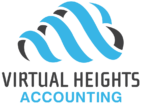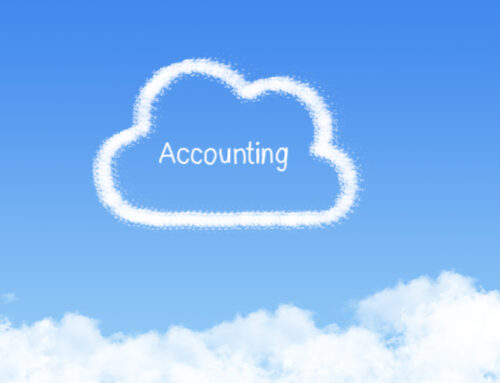How to make your Not-For-Profit make more IMPACT with less administration – Financial and Regulatory Compliance
In our last blog, we acknowledged how tough running a not for profit can be. We identified three main obstacles which are:
- Recruitment of both Staff and Directors;
- Financial and regulatory compliance; and
- Budgeting and cash management.
In this article we are going to explain how current technology can help you tackle the second challenge of financial and regulatory compliance.
Meeting your obligations – Financial and Regulatory compliance for your not for profit
The regulations and rules of compliance can be complex for not for profits. Each province in Canada has a separate Society’s Act which notes the different rules and requirements. If the Society is incorporated federally that is then under a separate list of rules/bylaws. Requirements can then be changed and adjusted depending on contracts that have been signed. For example, you may have passed a motion that you are not requiring a review or an audit engagement from your accountant which may have otherwise been required under provincial statute. However, if you then receive a grant or other funding that requires audited financials you may then have to provide them. Varying levels of your year end engagement (from notice to reader which is the basic level), then review engagements (one step up) and then audit engagements (most cumbersome) all have increasing price points and requirements attached.
It is difficult to have one article that covers all your requirements as they are different for all. We do have some basic recommendations for directors:
- Check your provincial statutes to ensure you know and are meeting your various requirements;
- Ensure contracts are scrutinized for what is required in terms of your year end financials, project reports or other source documents; this will assist you later in putting them together when required;
- Talk to your accountant to ensure you know your requirements for filings and deadlines (GST/HST rebate/returns, NPO Returns, T2 Corporate Tax Returns etc).
What Technology can Help?
To assist you in ensuring you have your documents in an organized and easily accessible fashion to reduce your time and cost, we have put together a list of what may help in this area.
- Google Drive and Google Suite. Storage of receipts and source documents, also allow multiple users to work on the same google documents to tackle items as a team.
- Hubdoc. A automated document collection tool that integrates with many accounting software’s. It allows your not for profit to have one central location for document storage.
- Cloud accounting software. We will again concentrate on Xero since we think it is the best. Xero allows you to attach supporting documents (often called source documents by the auditors) to each transaction ( for complete audit ready books). They also allow you to provide different access levels. For example, in Xero you can grant “Read Only” access for your auditors or other directors to ensure they can see the information that they require but can’t make any changes.
- Project Accounting Tools. There are many project accounting tools out there. Both Xero and QuickBooks Online have tools embedded in them for project management (some at an additional cost). Using these tools can help you isolate expenses between projects for better reporting both internally and externally.
We use many of these tools and more in creating a refined process environment for our not for profits clients. Make sure you speak with your accountant about what tools they recommend and what would work best for your organization.
Virtual Heights Accounting
A CPA firm that focuses on process automation using technology. We offer year end, tax, CFO, controllership and bookkeeping services and specialize in professional services, e-commerce and the not for profit sector. If you have any questions, please contact us from our website. https://vhaccounting.ca/contact-us/





